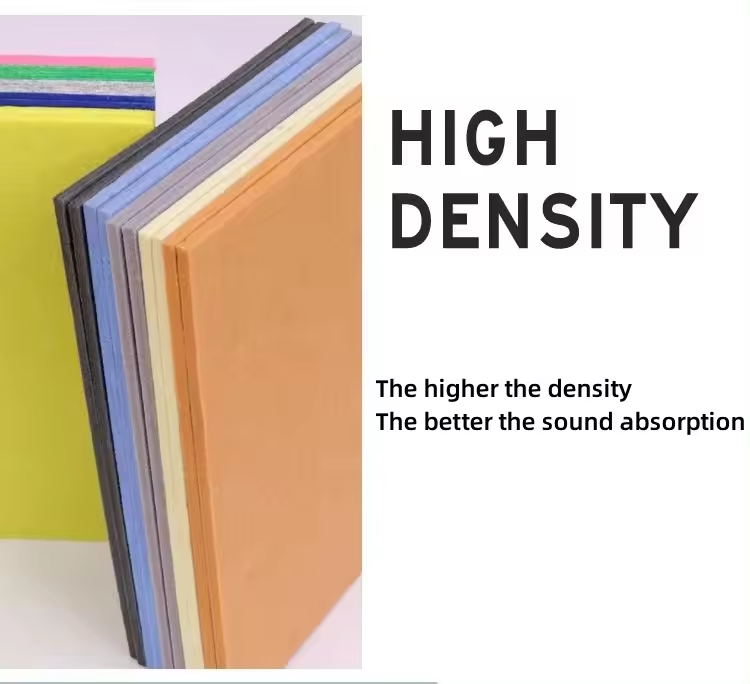The Versatile Uses of Tinted Glass
Tinted glass is a popular and innovative building material, gaining significant attention in modern architecture and design. With its unique ability to filter sunlight while enhancing aesthetic appeal, tinted glass has found numerous applications across various sectors. This article explores the benefits and uses of tinted glass, showcasing its importance in contemporary settings.
One of the primary advantages of tinted glass is its capacity to reduce glare and control heat gain within buildings. This property makes it particularly valuable in regions with intense sunlight. By absorbing or reflecting a portion of the sun's rays, tinted glass helps maintain a comfortable indoor temperature, reducing the need for excessive air conditioning. This energy efficiency not only lowers utility bills but also contributes to a more sustainable environment by minimizing carbon footprints.
The Versatile Uses of Tinted Glass
Residential buildings also benefit greatly from tinted glass. Homeowners increasingly opt for tinted windows to improve energy efficiency and comfort levels. Tinted windows are particularly valuable in bedrooms and living spaces, where excessive sunlight can lead to fading of furniture and fabrics. By blocking harmful UV rays, tinted glass protects interior furnishings, prolonging their lifespan and maintaining their vibrant colors. Furthermore, the addition of tinted glass enhances a home's security, as it becomes more challenging for outsiders to see inside.
tinted glass uses
Safety and security are paramount concerns for both commercial and residential properties. Tinted glass can contribute to these aspects by providing an extra layer of protection. Various types of tinted glass, such as laminated or tempered glass, can withstand impacts and deter break-ins. In regions prone to severe weather conditions, tinted glass can also help protect against shattering due to high winds or flying debris.
The environmental benefits of tinted glass cannot be overlooked. With a growing emphasis on sustainability, tinted glass is often designed to meet energy-efficient standards. The incorporation of low-emissivity (Low-E) coatings allows for optimal thermal performance, reflecting heat in the summer while retaining warmth in the winter. This characteristic not only contributes to lowering energy demands but also supports green building practices, making tinted glass a popular choice for eco-conscious architects and homeowners.
Moreover, tinted glass has aesthetic versatility, available in various shades and finishes to suit different design preferences. From deep hues that enhance privacy to lighter tints that allow for natural light entry, tinted glass can be tailored to meet specific aesthetic goals while providing functional benefits. This adaptability makes it a staple in modern architecture, allowing for creative freedom in design.
In conclusion, tinted glass is a remarkable and multifunctional material that plays a crucial role in contemporary building practices. Its ability to enhance energy efficiency, provide privacy, protect against UV rays, and improve aesthetics makes it an invaluable component in both commercial and residential applications. As architects and designers continue to prioritize sustainability and functionality, tinted glass will undoubtedly remain a favored choice in the evolving landscape of modern design.
 Afrikaans
Afrikaans  Albanian
Albanian  Amharic
Amharic  Arabic
Arabic  Armenian
Armenian  Azerbaijani
Azerbaijani  Basque
Basque  Belarusian
Belarusian  Bengali
Bengali  Bosnian
Bosnian  Bulgarian
Bulgarian  Catalan
Catalan  Cebuano
Cebuano  Corsican
Corsican  Croatian
Croatian  Czech
Czech  Danish
Danish  Dutch
Dutch  English
English  Esperanto
Esperanto  Estonian
Estonian  Finnish
Finnish  French
French  Frisian
Frisian  Galician
Galician  Georgian
Georgian  German
German  Greek
Greek  Gujarati
Gujarati  Haitian Creole
Haitian Creole  hausa
hausa  hawaiian
hawaiian  Hebrew
Hebrew  Hindi
Hindi  Miao
Miao  Hungarian
Hungarian  Icelandic
Icelandic  igbo
igbo  Indonesian
Indonesian  irish
irish  Italian
Italian  Japanese
Japanese  Javanese
Javanese  Kannada
Kannada  kazakh
kazakh  Khmer
Khmer  Rwandese
Rwandese  Korean
Korean  Kurdish
Kurdish  Kyrgyz
Kyrgyz  Lao
Lao  Latin
Latin  Latvian
Latvian  Lithuanian
Lithuanian  Luxembourgish
Luxembourgish  Macedonian
Macedonian  Malgashi
Malgashi  Malay
Malay  Malayalam
Malayalam  Maltese
Maltese  Maori
Maori  Marathi
Marathi  Mongolian
Mongolian  Myanmar
Myanmar  Nepali
Nepali  Norwegian
Norwegian  Norwegian
Norwegian  Occitan
Occitan  Pashto
Pashto  Persian
Persian  Polish
Polish  Portuguese
Portuguese  Punjabi
Punjabi  Romanian
Romanian  Russian
Russian  Samoan
Samoan  Scottish Gaelic
Scottish Gaelic  Serbian
Serbian  Sesotho
Sesotho  Shona
Shona  Sindhi
Sindhi  Sinhala
Sinhala  Slovak
Slovak  Slovenian
Slovenian  Somali
Somali  Spanish
Spanish  Sundanese
Sundanese  Swahili
Swahili  Swedish
Swedish  Tagalog
Tagalog  Tajik
Tajik  Tamil
Tamil  Tatar
Tatar  Telugu
Telugu  Thai
Thai  Turkish
Turkish  Turkmen
Turkmen  Ukrainian
Ukrainian  Urdu
Urdu  Uighur
Uighur  Uzbek
Uzbek  Vietnamese
Vietnamese  Welsh
Welsh  Bantu
Bantu  Yiddish
Yiddish  Yoruba
Yoruba  Zulu
Zulu 

